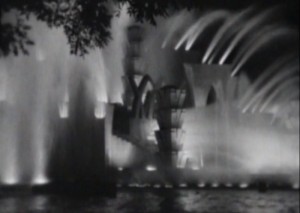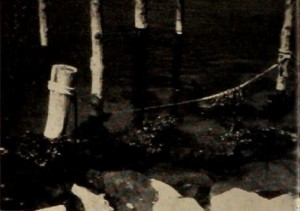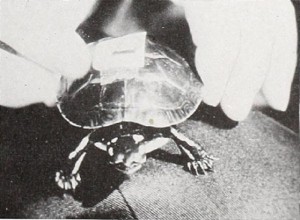
Luci di Parigi: da mattina a sera ed a notte = Lights of Paris: from morning to evening and at night.
"doc. a fantasia"/avant-garde documentary
"documentario sull'attività marinara del giovani d'Italia prima del loro ingresso nei collegi e Accademie navali"
"documentary on the marine activity of the youth of Italy before their entry into the Naval Colleges and Academies"
—I Littoriali del cinema: Un’altra interessante serie di documentari,” La Stampa, September 3, 1939

"Unity of theme is the striking characteristic of Jose M. Pavon's Menemsha — and its Achilles heel as well. The producer, in a series of beautifully composed scenes that seem to ebb and flow with the surging rhythm of the sea, has extracted the essence of a small fishing town on the coast of Martha's Vineyard. For almost its entire length, the film emphasizes the salt and the sea and the strange, lovely things of the ocean littoral with a feeling that Mr. Pavon accents brilliantly in double exposures of the shimmering sea water sweeping over even the deserted wharves. Unfortunately, Menemsha's unity breaks down a little as Mr. Pavon's camera roams too far afield and brings in elements that suggest fresh water and inland life rather than his original theme. A little cutting would tighten up a film that, technically and artistically, is a delicate and creative delight." Movie Makers, Dec. 1949, 454.
"Made by F. D. Koehler, jr., ACL, The Mississauga Canoe Trip is a fine example of what the movie maker can accomplish on a hunting trip in capturing a picture that has both good photography and an interesting story presentation. The fact that a tripod was added to the duffel did not daunt this cinematic hunter, and the result is refreshingly rock steady pictures that leave nothing to be desired. Perfect exposure, for the most part, and some excellent lighting show that the maker had an eye for the essentials of good picture making. A knowledge of what makes a good screen picture is demonstrated in the many effective closeups throughout the film. An excellent job of amateur titling is another feature that places this film in a high category for vacation films." Movie Makers, Dec. 1934, 534.

"Frank E. Gunnell has used a novel continuity motif in Mohawk Pals that ties together what otherwise would be a rambling film story. Two boys are shown doing their "homework," and the final assignment is to write a composition on vacations. The film then pictures the summer adventures at Lake Mohawk of the two boys and a girl of similar age. From time to time, there are inserted shots of the boys writing, and sentences from their compositions are cleverly double exposed at the bottom of the frame, to serve as subtitles for the film. The cinematography is immaculate, and the youngsters appear without self consciousness in their various pursuits of fun on a summer vacation." Movie Makers, Dec. 1944, 496.
"'Moods of Nature' by Paul Brunford, recently won a prize in the Institute of Amateur Cinematographers' contest in England. Not only does Brunford show a fine sense of rhythm, but a keen eye for composition and a splendid sense of cutting and dramatic values in nature. This picture merely deals with a storm arising and then subsiding. Brunford uses both water and earth to show this. The smashing waves, bending trees and waving wheatfields combine to create his drama. His photography however, is something for which he is to be especially congratulated." American Cinematographer, Jan. 1936, 24.
"Title, 'Nequasset Bridge is on new location of Route 1 near the famous ship-building city of Bath.'" oldfilm.org
"Begins with a close-up intro of the Davis's in a small boat. One of the girls falls overboard and is saved. A woman drops her jewels overboard. Family disembarks. Finds a clue on a piece of paper. The Family sets out in boat with shovels, saws, axes, etc. Quarrel with another family. Find a deed." oldfilm.org
"Ogden Point is a nice little documentary helped along to a very great extent by an exceptionally smooth narration or commentary and an equally nice delivery" PSA Journal, Aug. 1967, 37.
Total Pages: 11